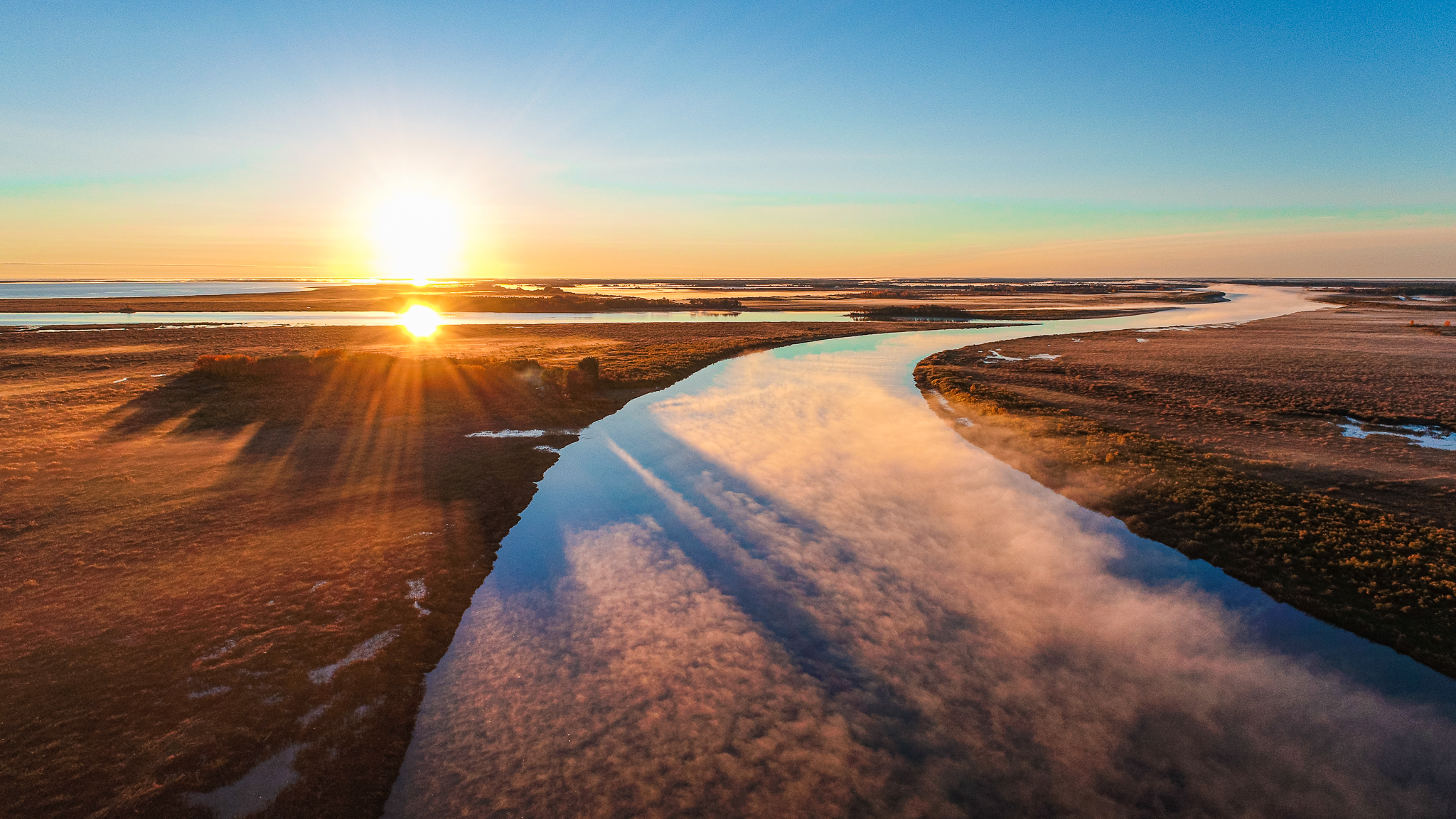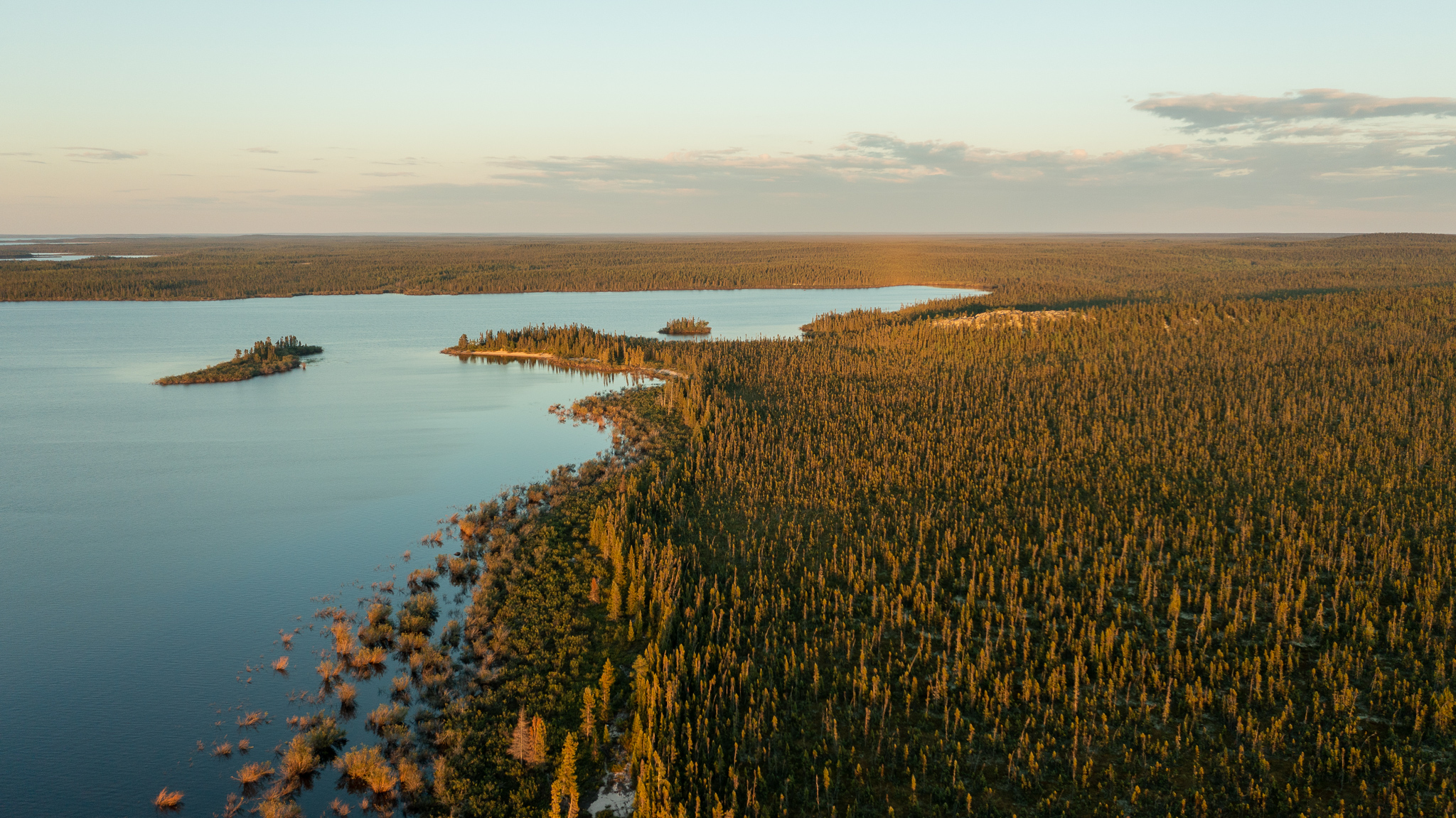How IPCAs advance protection and reconciliation
If you’re a regular WWF visitor, you’re already fairly familiar with protected areas — geographical regions of land or water with restrictions on human activities to safeguard habitat. This conservation tool offers the promise of curbing biodiversity loss and, in some regions, also helps fight climate change by ensuring carbon stored in nature remains undisturbed and carbon from the atmosphere continues to be absorbed.
Of course, the understanding of what makes an effective and just protected area has changed over time. Many of these lands and waters have been stewarded and managed by Indigenous communities for thousands of years. Modern-day protected areas in Canada must be built on a rights-based approach — one that takes into account this knowledge, governance structures and priorities of Indigenous peoples.

Sometimes referred to as Indigenous Protected and Conserved Areas (IPCAs), they’re defined and managed by Indigenous communities, and cared for through Indigenous laws and knowledge systems. They support halting and reversing biodiversity loss while providing a wide array of community benefits. In cases where carbon stored in these areas is high, they can also contribute to Canada’s efforts to reduce greenhouse gas emissions.
IPCAs will be particularly important in the wake of COP15, the December UN biodiversity summit in Montreal, where world governments will negotiate an ambitious new plan for nature protection that must be consistent with the United Nations Declaration on the Rights of Indigenous Peoples.
Historically, protected area establishment has sometimes come at a high cost for Indigenous nations, with restrictions on access and activities within their traditional territories causing cultural and economic harms. On the other hand, research has shown that biodiversity on Indigenous-managed lands is higher than other protected areas in Canada.
This means engaging and supporting Indigenous communities in creating IPCAs — when they indicate it’s a priority — is an equitable, effective and rights-driven way to help reach the ambitious protection targets we expect to emerge from COP15.

There are already a growing number of IPCA efforts underway. The Cumberland House Cree Nation declared formal protection in June 2021 for the Kitaskīnaw (Saskatchewan River Delta) under Indigenous law and Thaidene Nëné — “Land of the Ancestors” in Dënesųłiné Yati — is an established IPCA spanning 26,000 square km of boreal forest and tundra in the Northwest Territories.
Others are working on creating new IPCAs. In the Hudson and James Bay Lowlands in northern Ontario, Moose Cree First Nation wants an IPCA along the North French River. The Sayisi Dene First Nation is seeking an IPCA for the Seal River Watershed in northern Manitoba, one of the world’s last remaining intact spaces. And the Nunavut community of Taloyoak is progressing toward an Aqviqtuuq IPCA in their traditional lands and waters.
WWF-Canada recognizes that no area should be designated for protecting wildlife habitat and biodiversity, fighting climate change, and providing access to natural beauty and recreation without full agreement and resources for the Indigenous nations and communities holding rights to those lands and waters.
We’ll continue to carry this message — with respect, and in collaboration with Indigenous colleagues and partners — throughout our COP15 events and contributions to the negotiations, and in the implementation that follows.
This article originally appeared in our monthly newsletter, Fieldnotes. Click here to subscribe to future issues.

